

SOUTHERN TIMES •
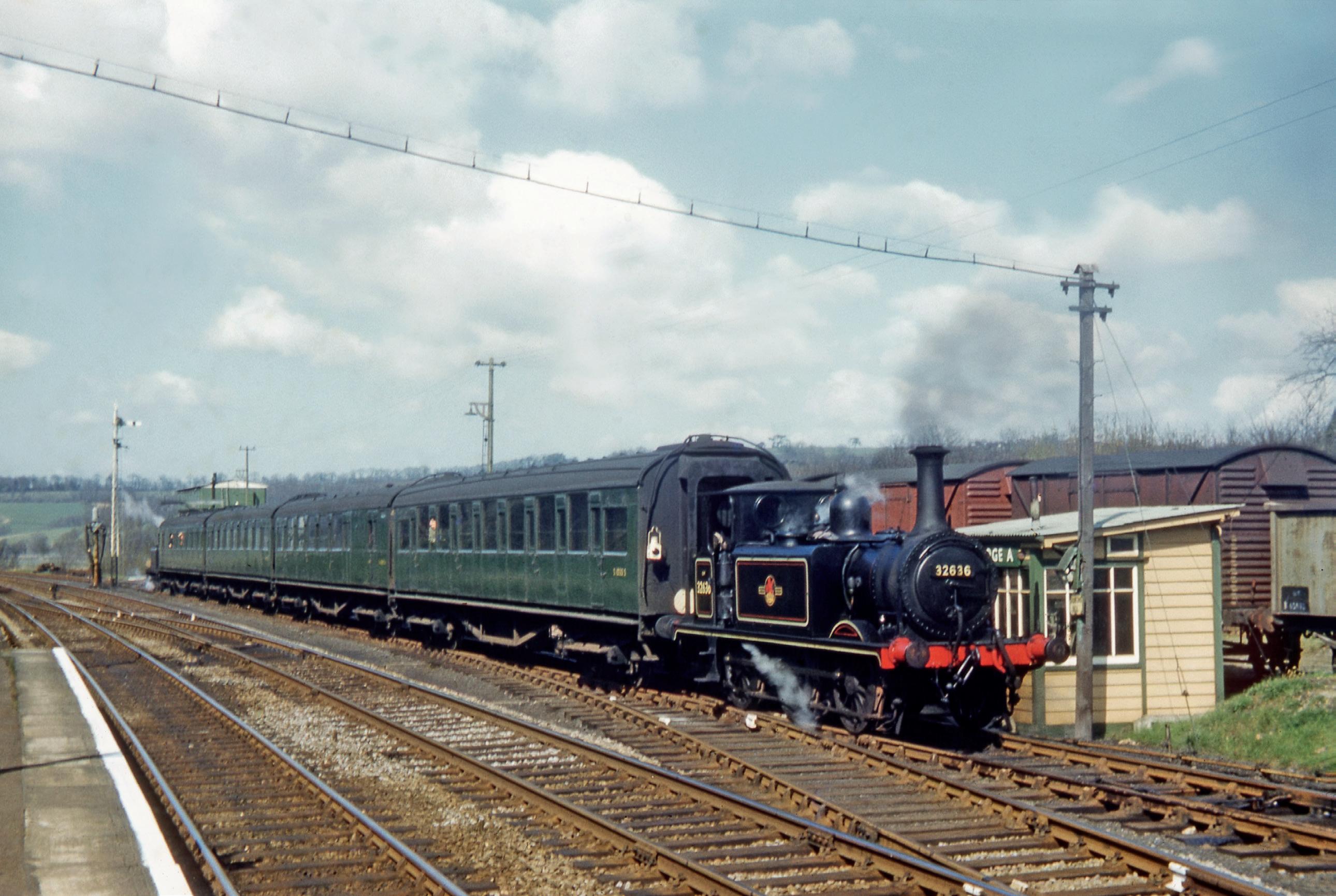
The history periodical for students of the SR BR(S) and pre-group constituents
Issue No 11: Spring / 2025
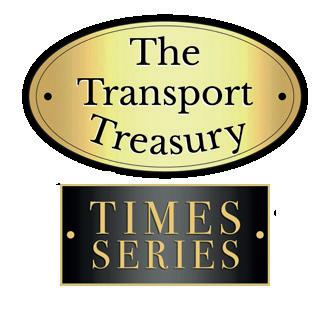
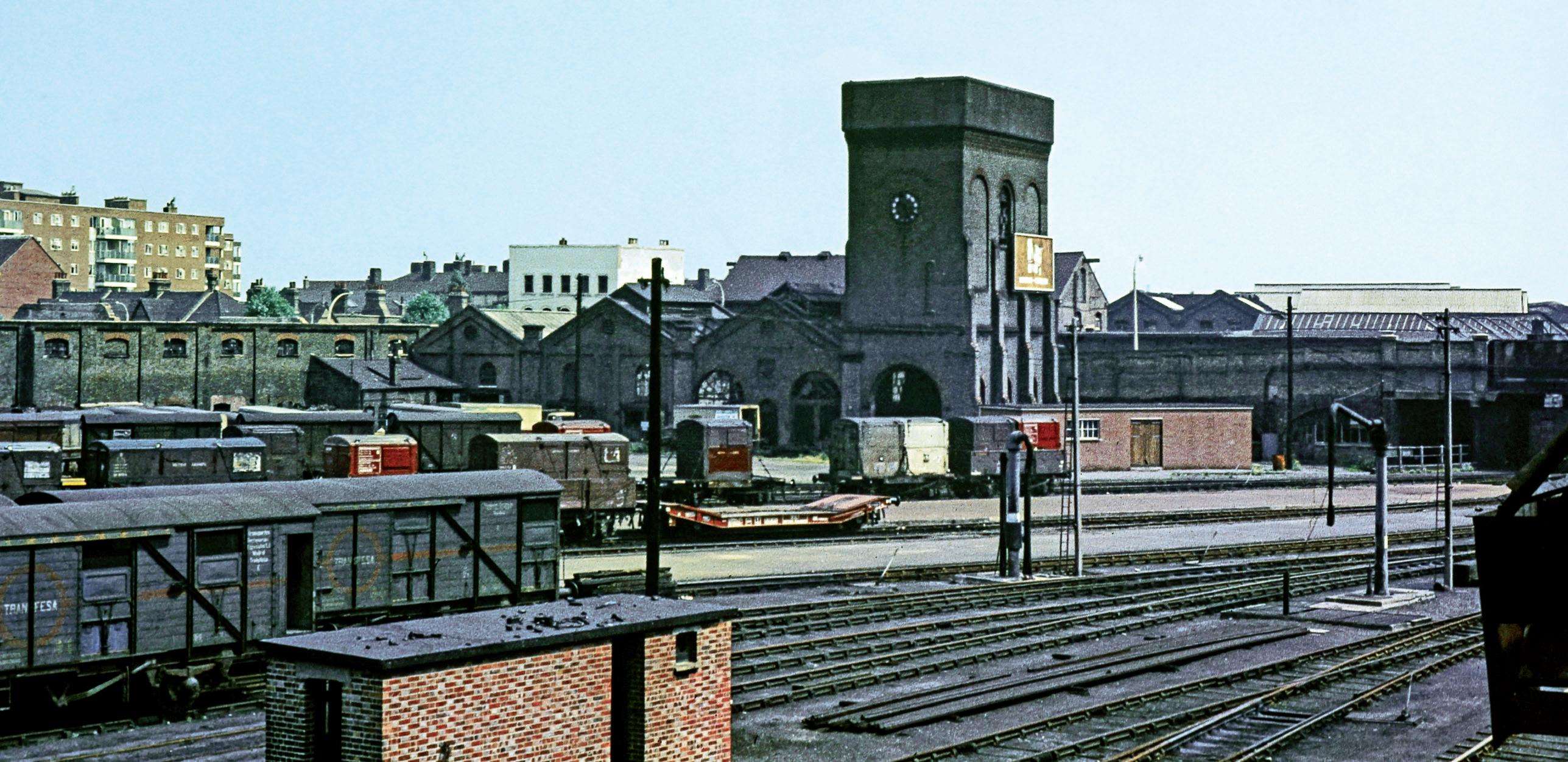
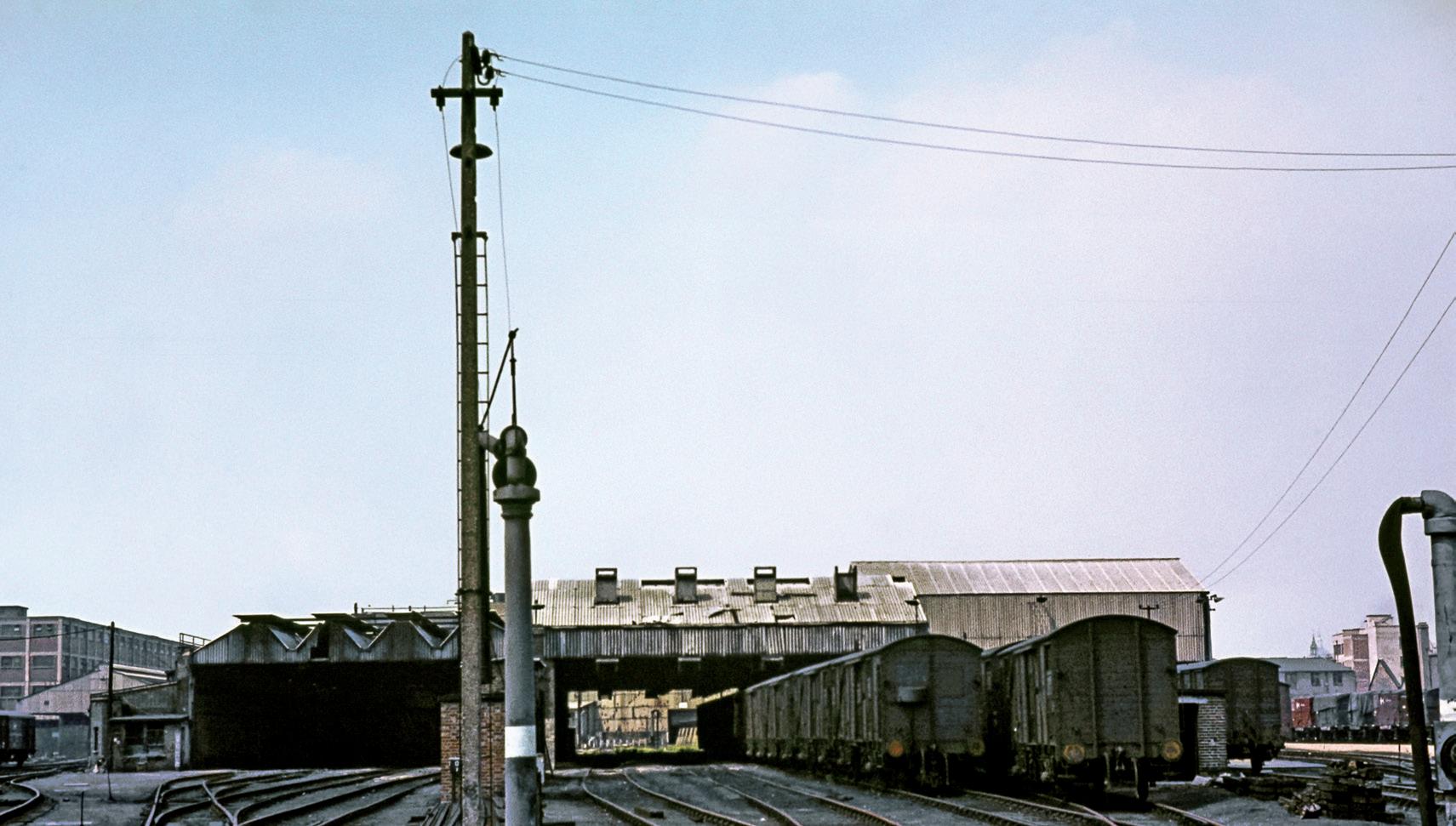
Yard views from 1964 with the site now dominated by continental ferry wagons. Freight traffic continued to be dealt with until 1981 when the complete site was sold for redevelopment, the siding areas now housing and the depot sheds an industrial park. Some remnants of the old survive particularly the perimeter walls along Willow Walk and the stables block at Caitlin Street and stables buildings at Pages Walk. Terry Tracey 9364, 9366 and 9367/ Transport Treasury
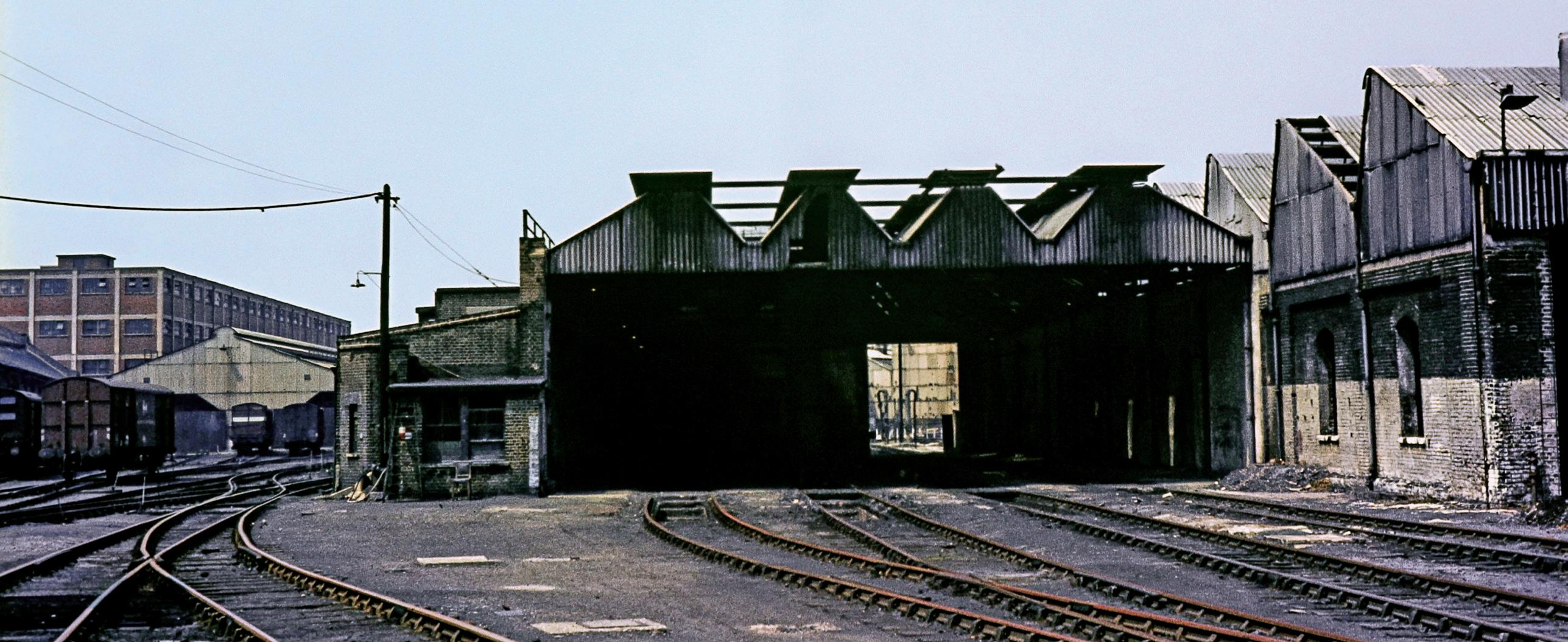
L No. 31778 captured on 20 December 1958 with the 10.50 am van train from Bricklayers Arms to Brighton. John J Smith / Bluebell Railway Archives

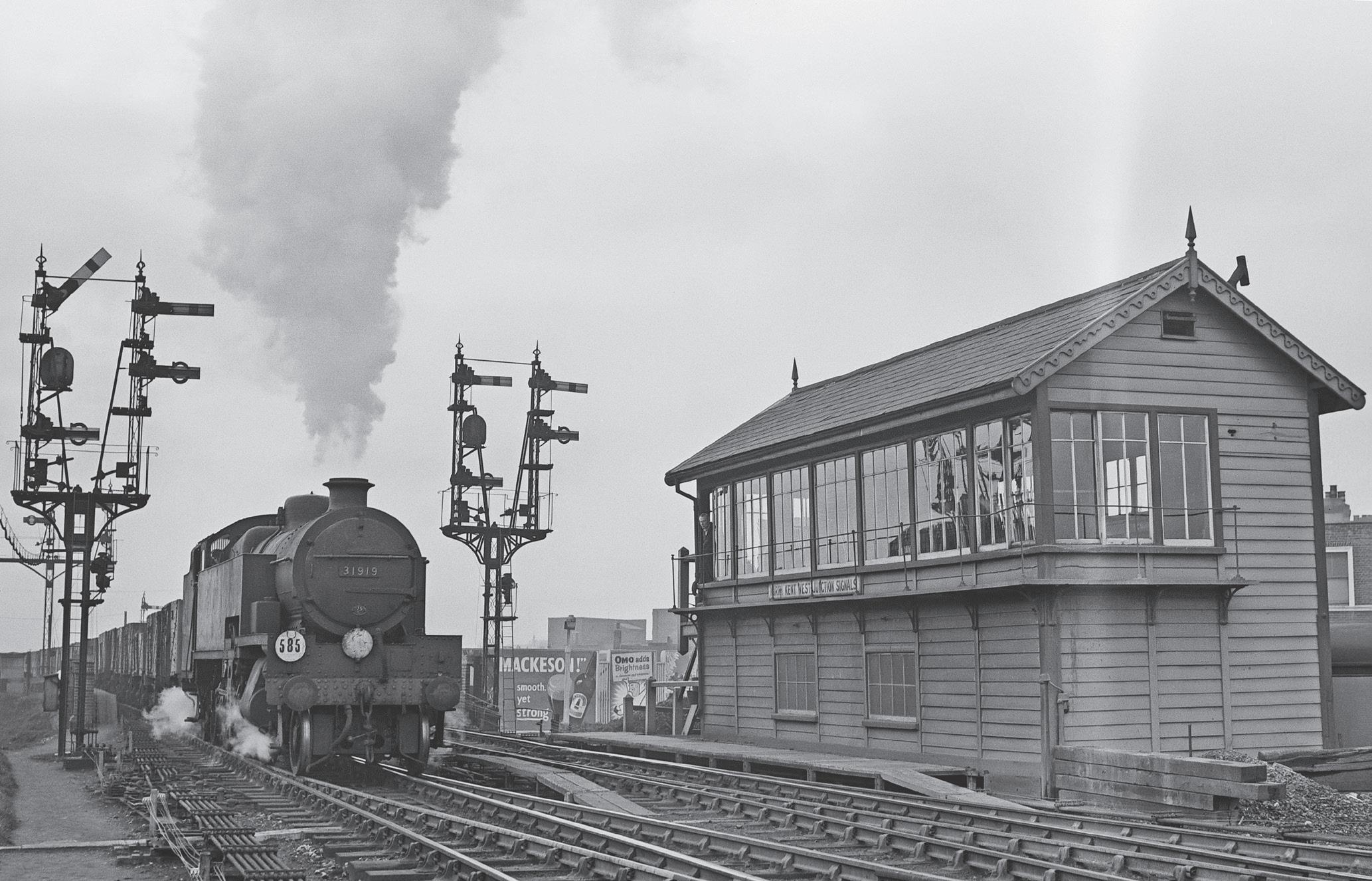
Maunsell W tank No 31919 passes North West Kent Junction on 29 March 1958 with the 3.30 pm van train from Bricklayers Arms to East Croydon. Built in the early days of the SECR, the signal box was supplied by contractor Evans O’Donnell & Co. The actual signals are mainly Southern upper quadrant type supplemented by colour light distant signals colour lights for the Down track to the Brighton main line. John J. Smith / Bluebell Railway Archives
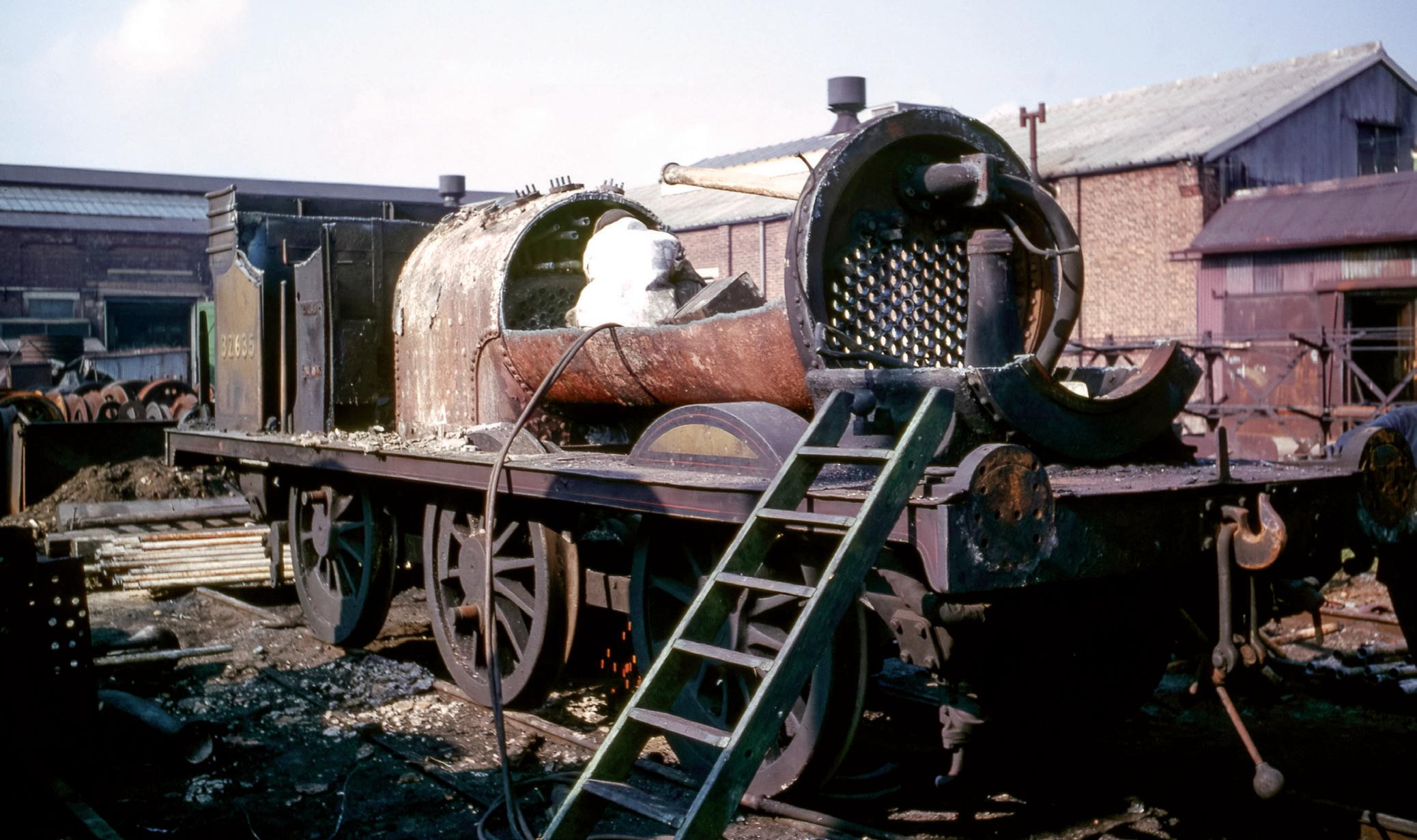
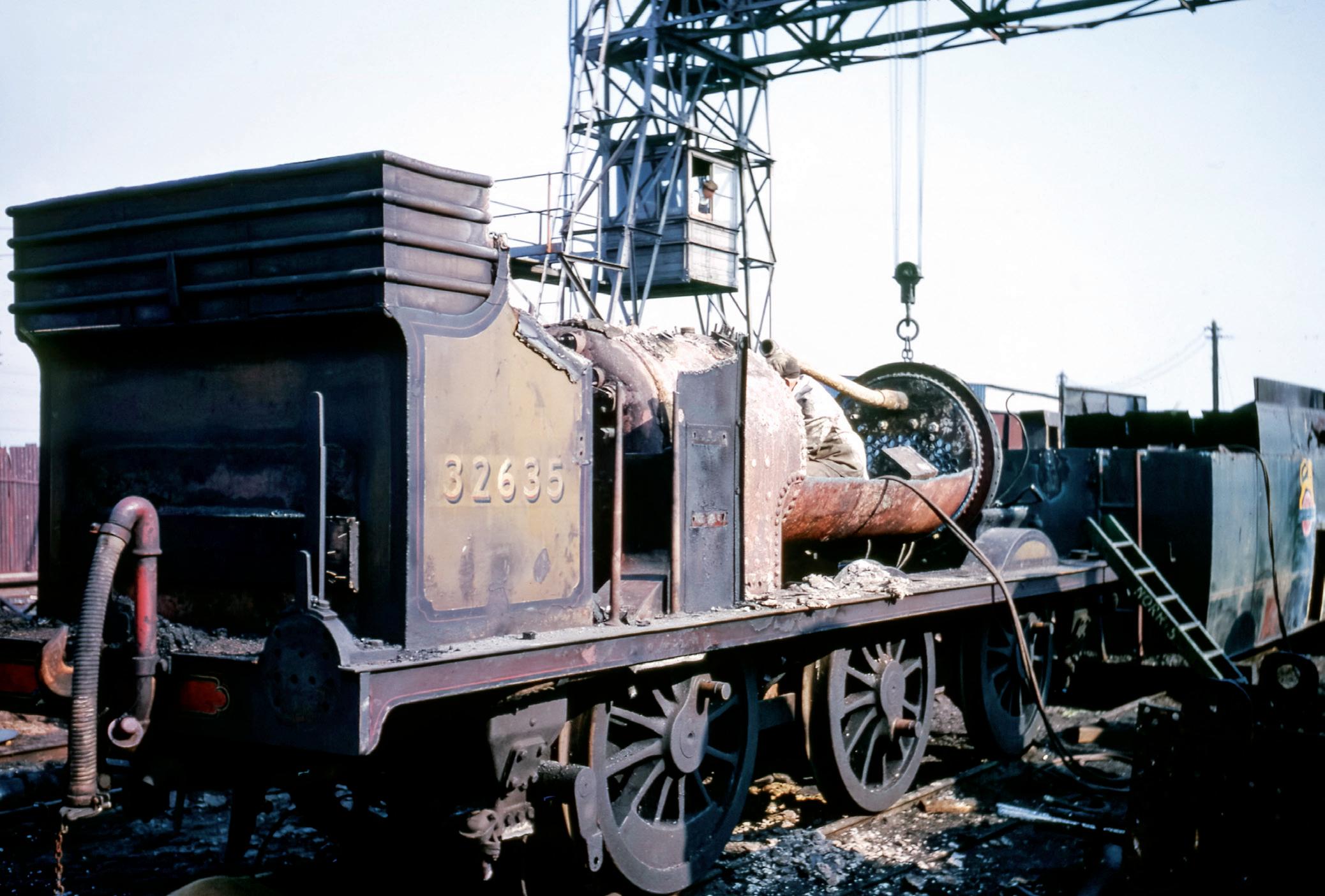
Having seen a pristine ‘Terrier’ here we have No 32635 the former Brighton Works shunter but instead being broken up at Eastleigh in October 1963. In the lower view a Bulleid tender body also awaits scrap.

Winter time at Lyndhurst Road (top) and approaching Beaulieu Road (bottom). The departing train from Lyndhurst Road is not identified but we can say is of five coaches hauled by a Bulleid pacific. The view was taken in the last week of January 1954 when snow swept across the south. In the lower view SCT is on the footplate of a named 4-6-0 (probably a ‘Lord Nelson’). As to what the man in the ‘four foot’ is carrying is not reported but possibly timber for a fire in a nearby platelayers hut.
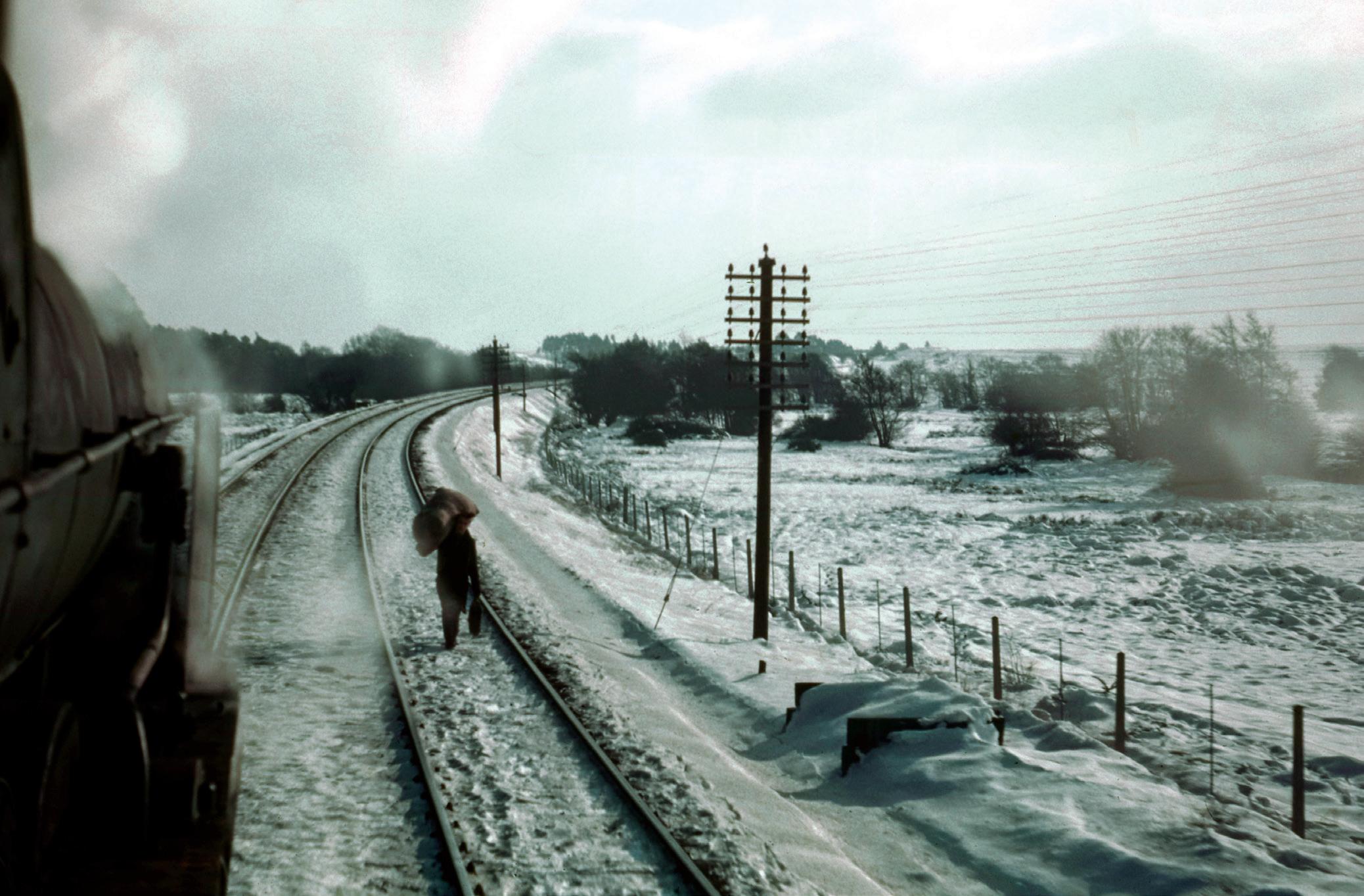
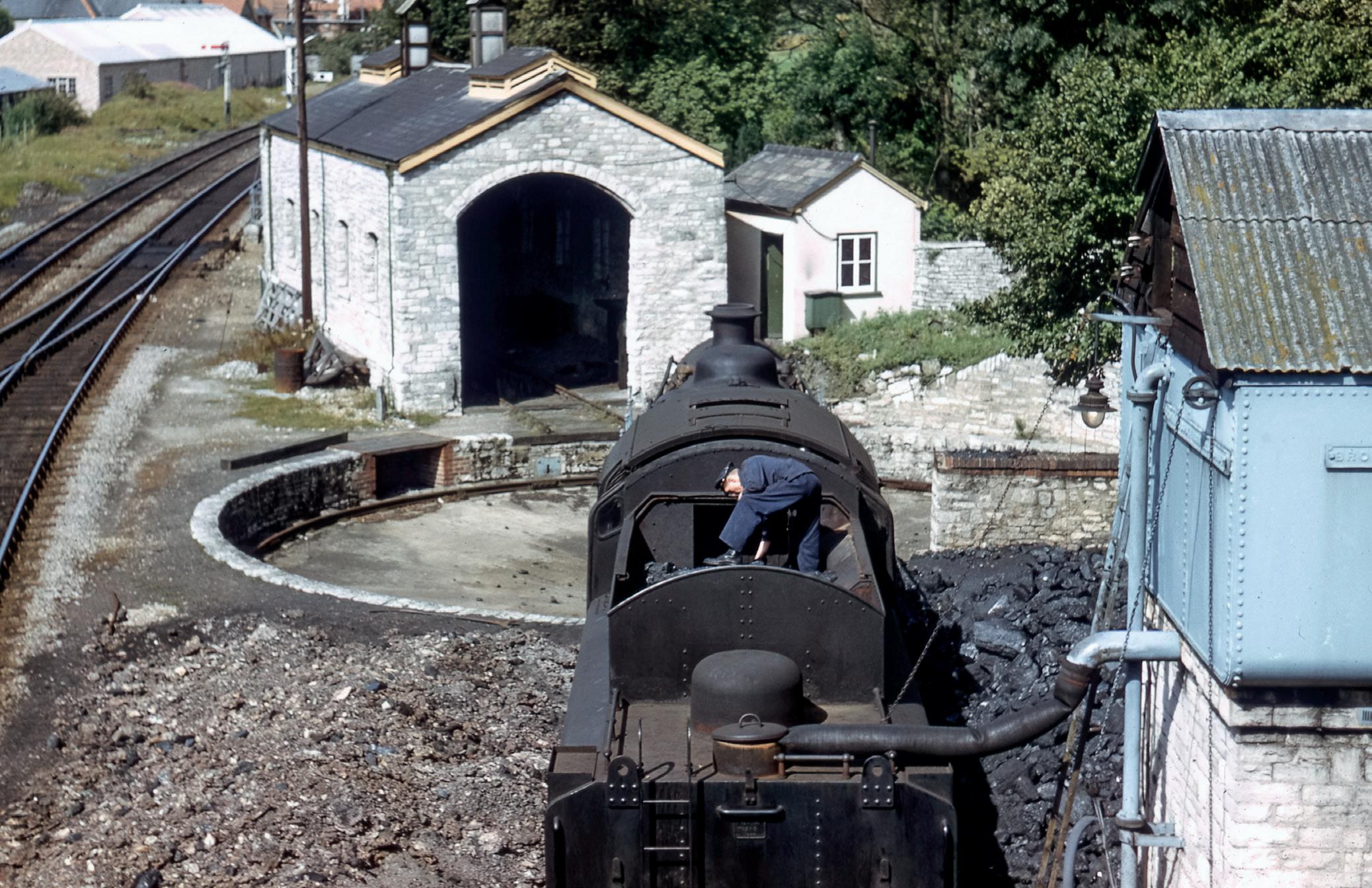
Top: By the mid 1950s, the influx of Standard types had replaced the older Drummond engines on several of the through Swanage services. Here an example of the 76xxx type is having its water tank replenished and the coal brought forward at the small depot at Swanage in May 1957.
Bottom: Drummond ‘700’ class 0-6-0 being turned at Andover Junction sometime in 1952. The working is not confirmed, but the (single ?) disc at the top of the smokebox may indicate an Eastleigh to Bulford working. If there were other discs present it could be a Southampton to Andover or West of England line working.
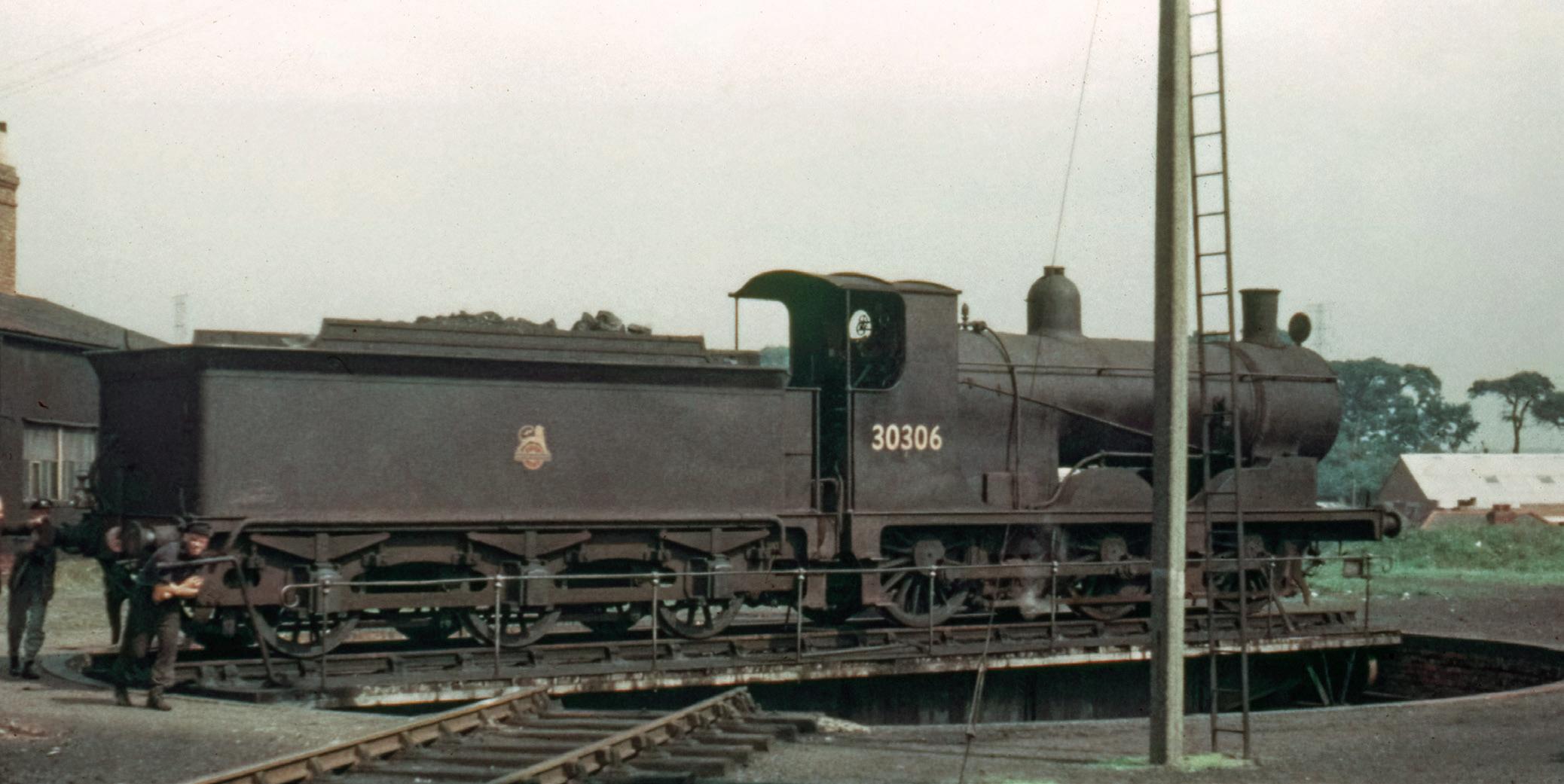
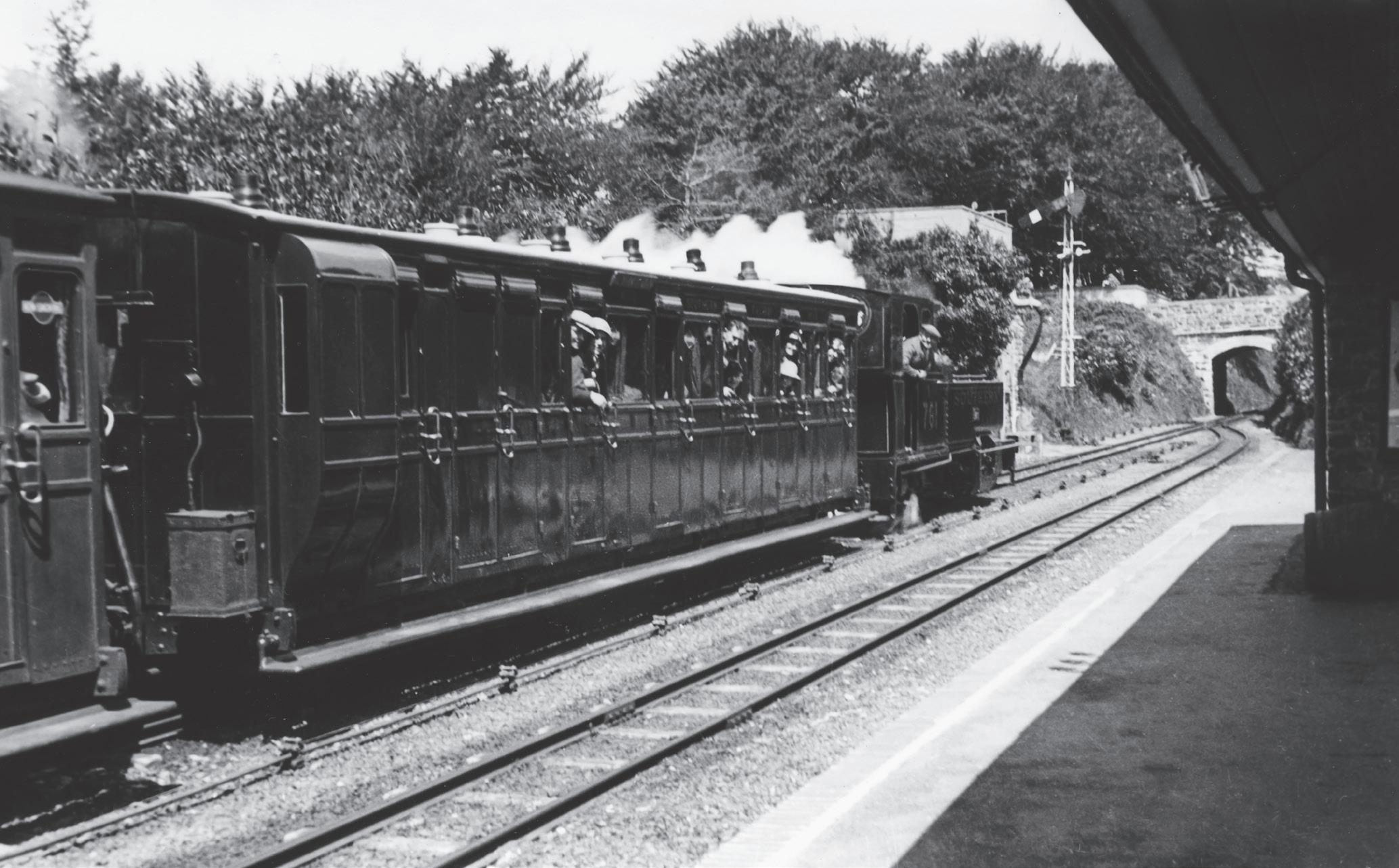
Blackmoor on 26 May 1935. News of the impending closure of the line spread fast and throughout the summer there were numerous visits by both enthusiasts and the curious. On this occasion it warranted the running of special services on Sunday, a day when the line was usually moribund. F E Box
Yeo rounding the curve near Pilton Yard sometime in 1935. The presence of the ominous ‘Lot 7’ designation means this must have been after closure. The entire railway, track, signalling, locomotives and rolling stock was auctioned at Pilton on 13 November in what were 200 lots. Not all were sold. As an example of the prices reached, Lot 13 Lyn was sold to a scrap merchant for just £50equivalent to around £4,500 today. She was cut up on site a few days later.
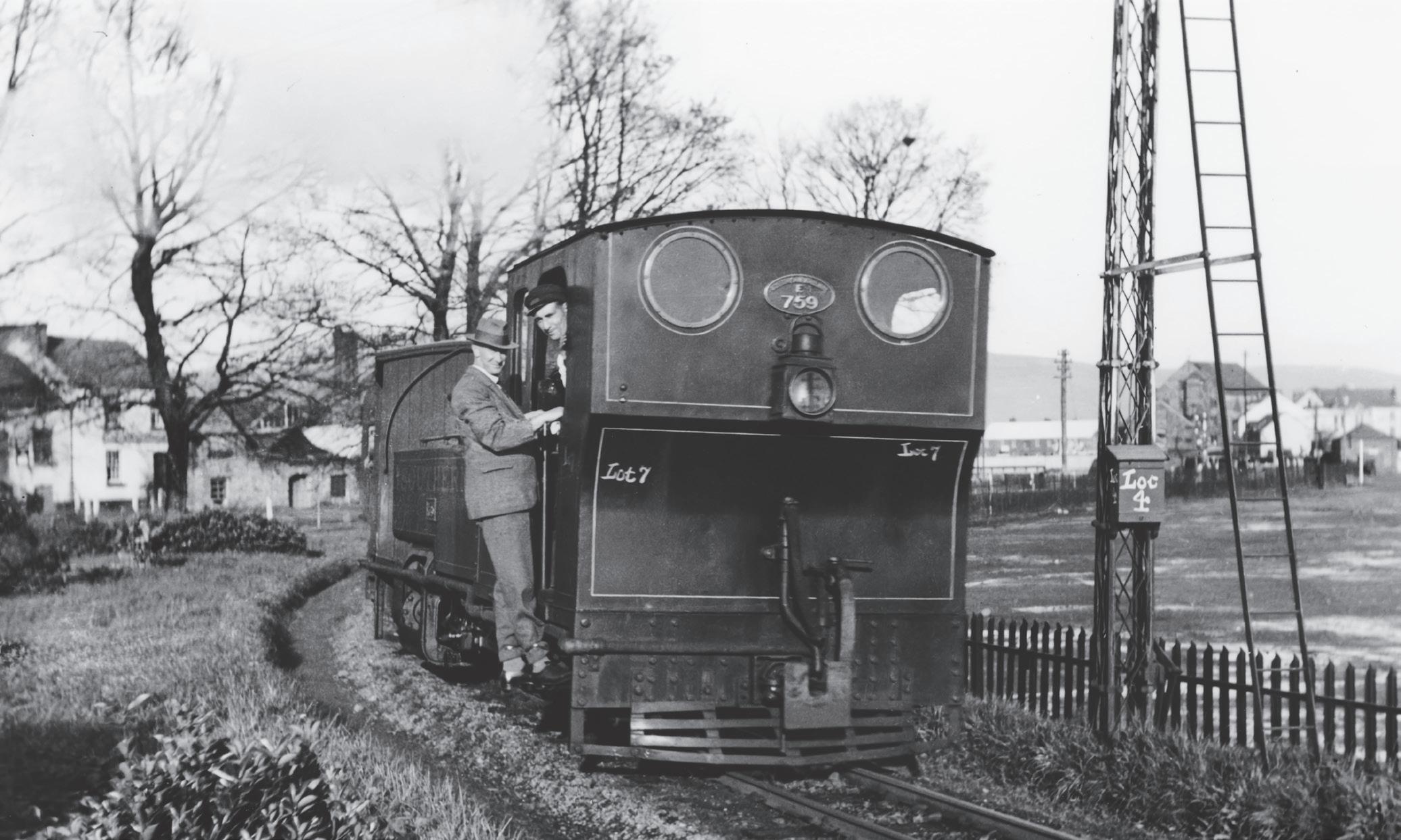
Remember the Holiday Runabout ticket..?
Dr
Bill Allen OBE does; from 1954
The Southern Region Runabout Ticket – Area 8
In those far off days when the British public took their summer holidays at a variety of seaside resorts –North, South, East and West. arrival and booking into guest house or hotel - mother and father had decisions to make on ‘what to do’ for the family.
British Railways (BR) was used to transporting families to these self-same resorts for their holiday. Imaginatively the BR regions sold a very specific type of ticket called a ‘Holiday Runabout’.

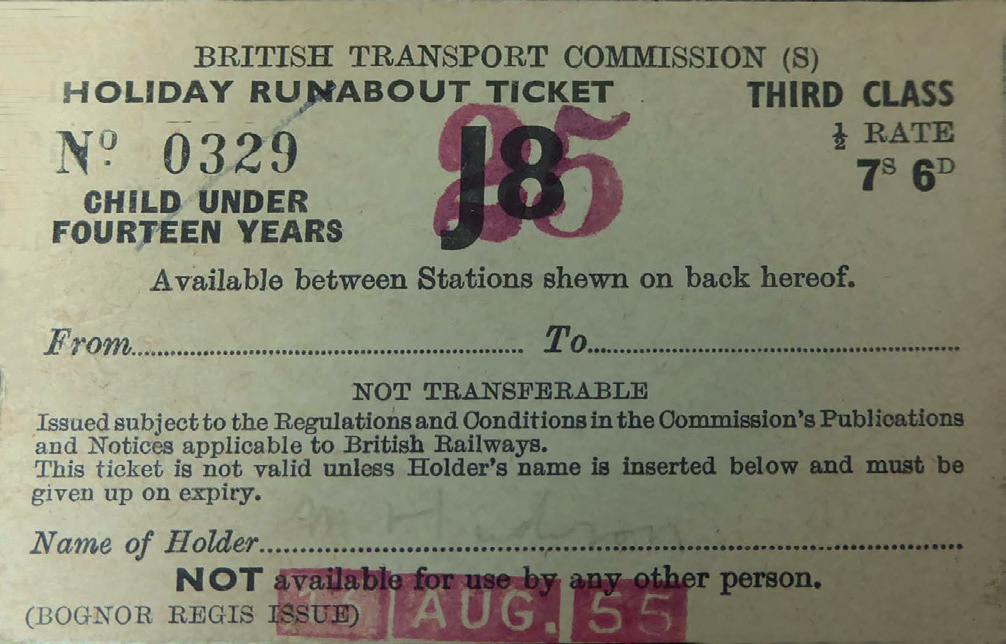
Regionally organised on a geographic basis they covered all the routes/timetables and were sold on the basis that possession of a ticket enabled the possessor to travel anywhere and at any time in these areas. Children aged 3 and under 14 travelled at half price. ’HolidayTickets’ were first introduced by the Southern Railway in 1929 and eventually covered a seven day’s travel in 24 Areas!
This article describes the author’s experience of purchasing such a ticket (7s 6d) in the summer during the ‘50s from the age of 11, not to see the sights in the towns, cities and countryside but to ‘spot trains’!
‘Railway Runabout Area 8’ covered West Sussex and Hampshire and took in the ‘steam only’ areas of Portsmouth to Southampton, and Eastleigh and Winchester. To a boy from Bognor Regis where all passenger trains consisted of EMUs – 4 COR and 4 BUF for the express services to London Victoria and London Bridge and 2 BIL, 2 HAL and 2 NOLs for more local and stopping services, travel to the west meant Steam!
In the 1950s the South coast route had three steam trains a day -The ‘Bournemouth’, ‘Plymouth’ and ‘Cardiff’. These were through trains and Brighton had an allocation of Bulleid Pacifics to cover these services.
At the time in question Brighton also had the surviving Marsh H2 Atlantics on its allocation and they were often rostered for the ‘Bournemouth’. The train departed from Brighton at 9.40am. (Our journeys commenced on Sunday when the train from Barnham was at
SOUTHERN TIMES is the periodical for followers of the Southern Railway, British Railways Southern Region, as well as the pre-group companies:
SECR, LBSCR, and LSWR
Three issues per year, 80 pages packed with articles and images that are Southern related including where possible, unseen views in every issue. A subscription service is available through the publisher; The Transport Treasury.
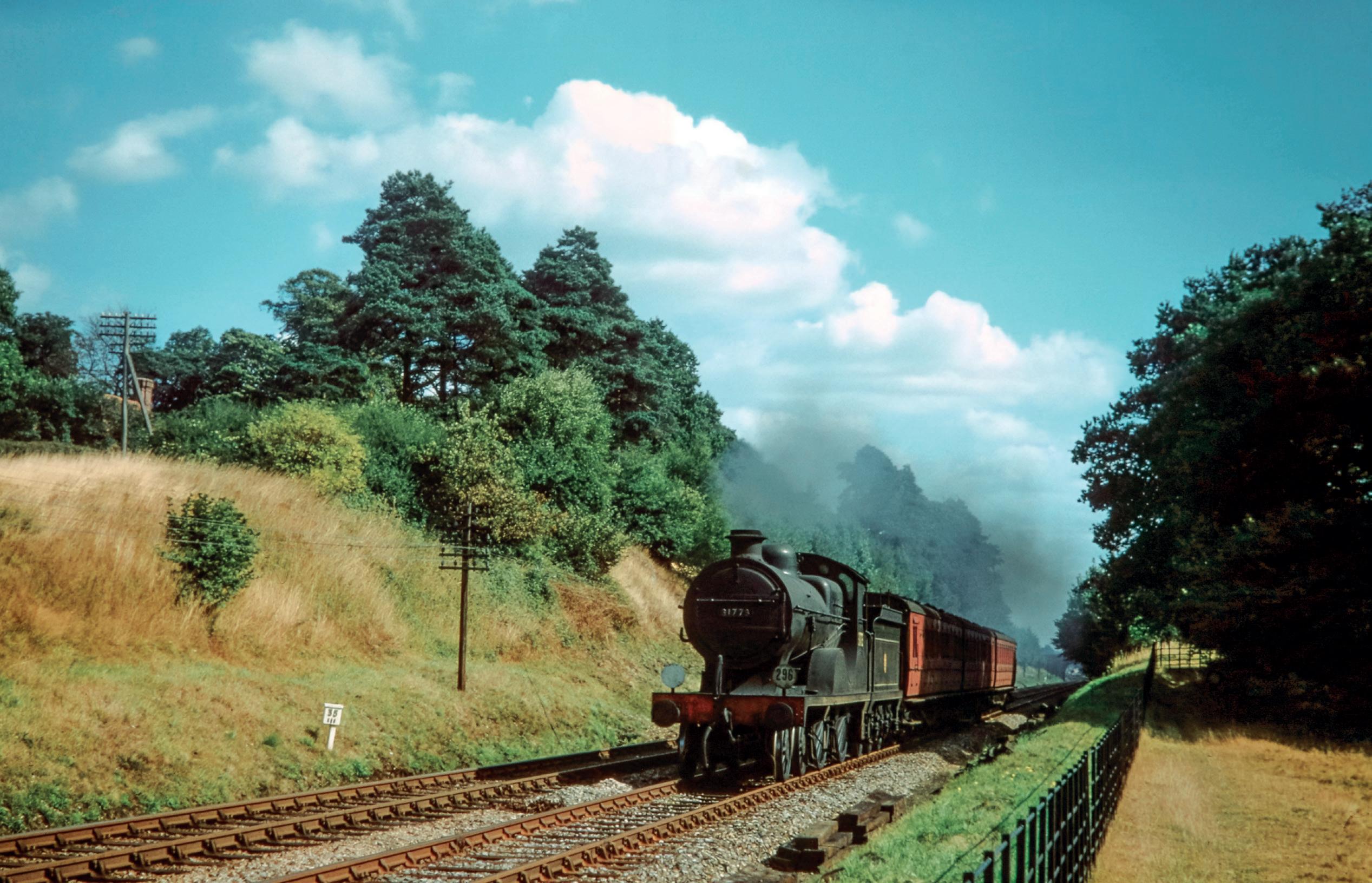
£13.50

